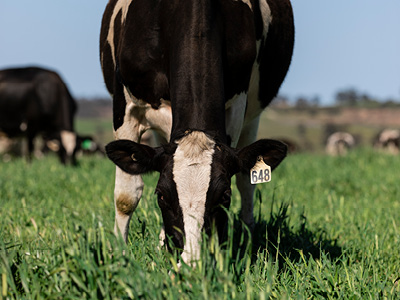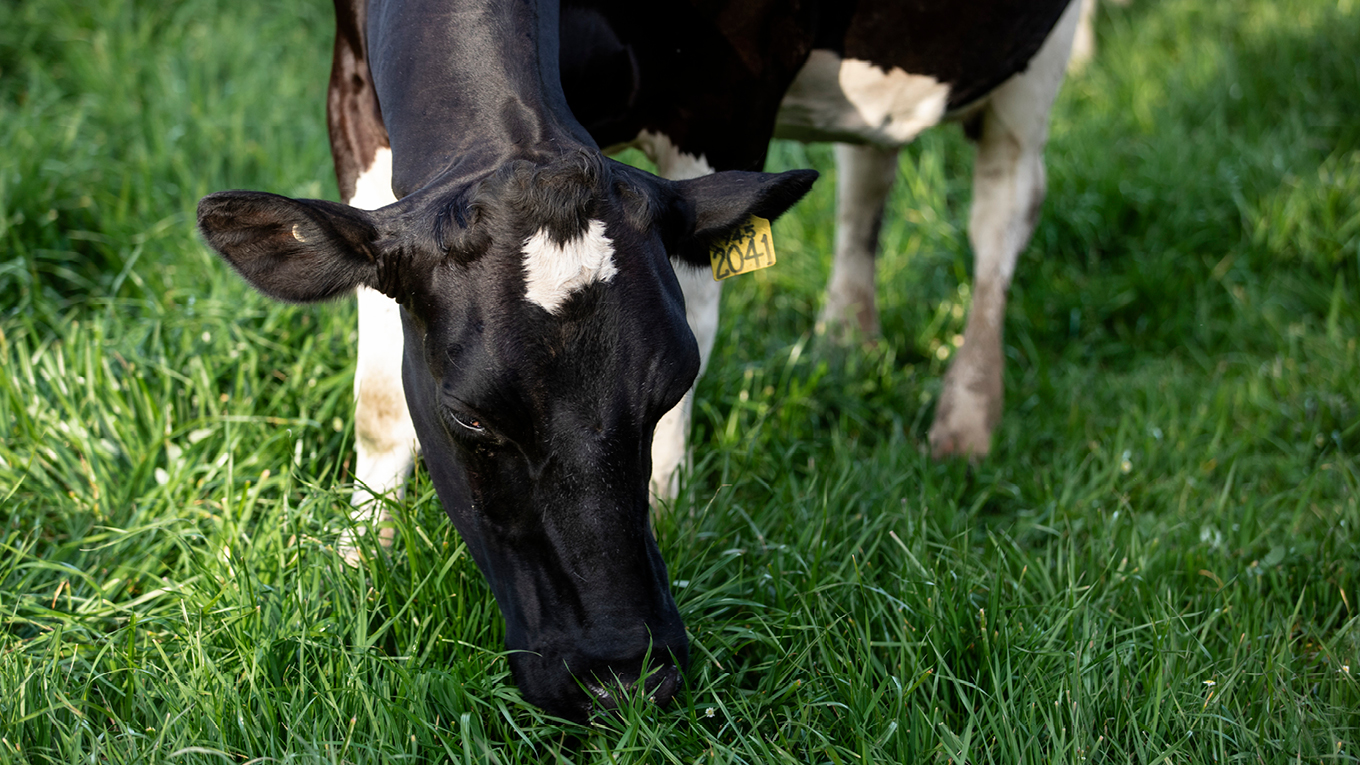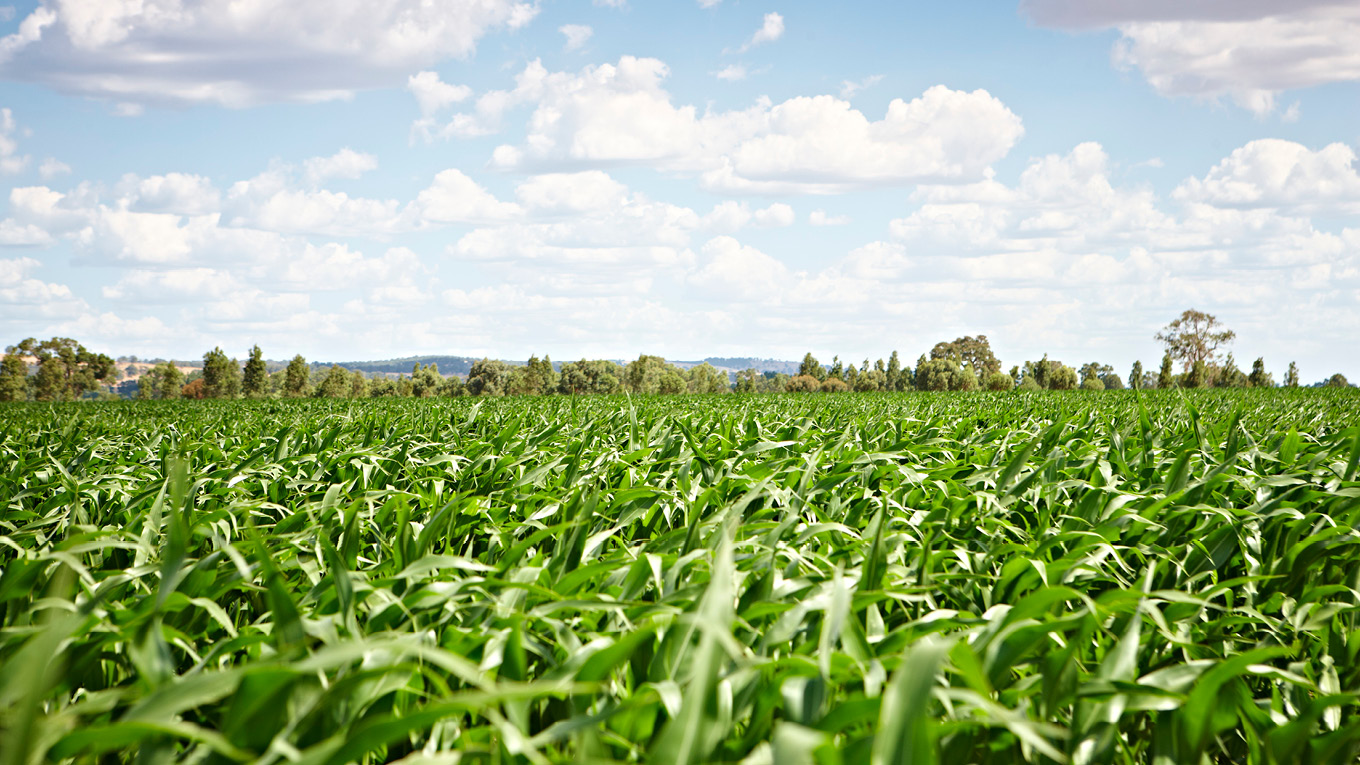Annual & Short Rotation Ryegrass
Annual ryegrass is usually chosen where post-spring growing conditions are expected to be limiting. The aim of using annual ryegrass is to maximise growth rates while there is still sufficient soil moisture.
Similarly, annual ryegrass is often used when a combination of low summer rainfall and soil type do not allow a stand of perennial ryegrass to be maintained all year round. In this way, annual ryegrass is often the choice as a crop species to maximise pasture production for less than a year. It can be grown as either a pure stand or in combination with other crops, such as annual clovers or regrowth Brassicas.
Farmers with paddocks earmarked for a summer forage crop sown in September or October will often use an annual ryegrass in these paddocks the previous autumn.
A big difference between annual and perennial ryegrass is the cost of the seed. Annual ryegrass seed is much cheaper than perennial ryegrass seed, however annuals will have lower productivity and quality than perennials in mid to late spring.
Some farmers use annuals in autumn in combination with another complementary species such as clover. Annual ryegrass can also be over-sown into an existing perennial stand that may have thinned out, or even chicory or plantain as a cheaper alternative for 12 months than a full perennial pasture renovation.
Short rotation ryegrass
Short rotation ryegrass, which includes Italian ryegrass, is usually chosen by dairy farmers under similar circumstances to annual ryegrass.
Dairy Australia's research investment in DairyBio has focused on the development of hybrid ryegrass options with up to 20% greater yield and higher metabolisable energy than the top comparable conventional perennial, Italian and annual ryegrasses on the market. These hybrid cultivars will be commercially available in the near future and have the potential to significantly improve the amount of home-grown feed utilised on dairy farms in Australia.
Differences between annual ryegrass and short rotation ryegrass
- Short rotation ryegrass may be more suitable where there is potential for reasonable levels of growth from late spring/early summer rainfall
- Winter growth rates of short rotation ryegrass cultivars are normally not as good as annual ryegrass
- Short rotation ryegrass has the potential for significant growth through the first summer and well into the second and third years
- Grazing management principles for both annual and short rotation ryegrass are very similar to perennial ryegrass. More information on this is available on the Grazing Pastures page.
More information
A detailed analysis of the pros and cons of annual and short rotation ryegrasses is available on the 3030 Project resource.



